Meet Magali, the conservation warrior rescuing Peru’s rainforest animals: Video
Nov 26, 2021
- A new, award-winning short film by Nick Werber follows wildlife rehabilitator and founder of Amazon Shelter, Magali Salinas, as she discusses her work in the Madre de Dios region of the Peruvian Amazon.
- Magali has dedicated the past 16 years of her life to rescuing animals in a region rife with illegal logging, mining, and wildlife trade. Her center cares for up to 80 animals at once (including sloths, tortoises, parrots, monkeys and more) and releases dozens back into the wild each year.
- Amazon shelter specializes in howler monkeys and Magali releases troops of rehabilitated howlers into protected reserves away from other howler troops’ territories. Finding these places can take days to weeks of searching.
- The film builds to the release of 14 howler monkeys into the wild. “It just goes to show the difference that one person can make,” Werber said. “That was what inspired me to make the film.”
In the dark, early morning hours, Magali Salinas trails a troop of howler monkeys through the Amazon rainforest. Magali is particularly invested in this troop. She rehabilitated each monkey, brought them together and released them into the wild. Now, she watches and waits.
“I care for them as if they were my own children,” Magali Salinas, the founder and director of the wildlife rescue center Amazon Shelter said in the newly released short film Magali by director and producer Nick Werber. “When they are happy, I feel happy. When they are free, healthy and reproducing I am even happier.”
Magali has dedicated the past 16 years of her life to rehabilitating and releasing wildlife in the Madre de Dios region of the Peruvian Amazon, an area rife with habitat destruction, illegal logging, illegal mining, and illegal wildlife trade.
“This is the frontline of conservation,” Werber told Mongabay. “This is where all the casualties are happening. It’s like the frontline of a battle but the casualties in this case are animals. And she’s the Florence Nightingale.”
Werber’s film, Magali, won the audience award at Films for the Forest and a Jackson Wild Media Award in the micro short category, the equivalent to the Oscars of nature films.
“I really wanted to show what you can do with whatever small resources you have,” Werber said. “This one person with not much money, not much experience, really, by the force of her own will created this center that has had a lot of influence…It just goes to show the difference that one person can make. That was what inspired me to make the film.”
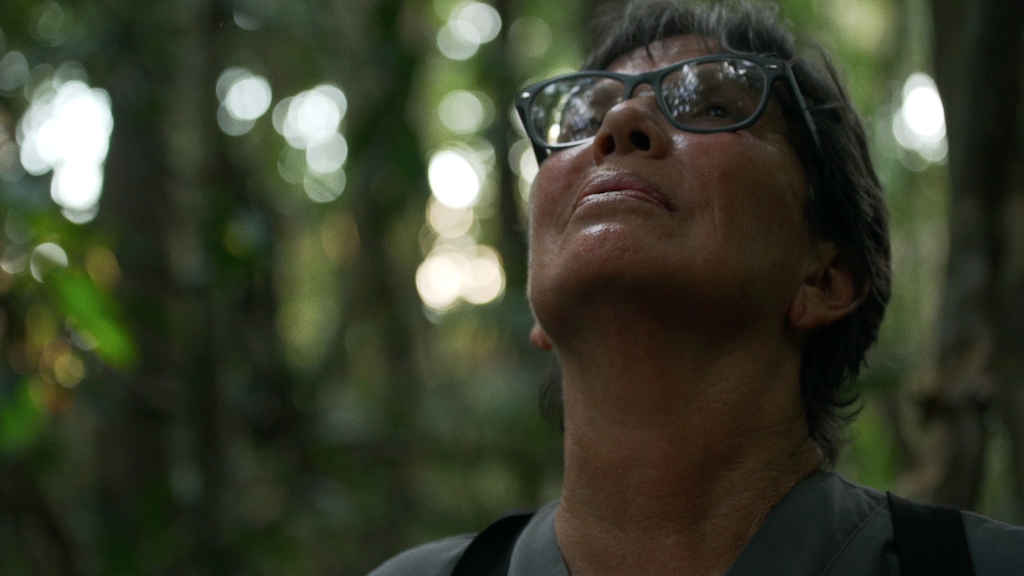
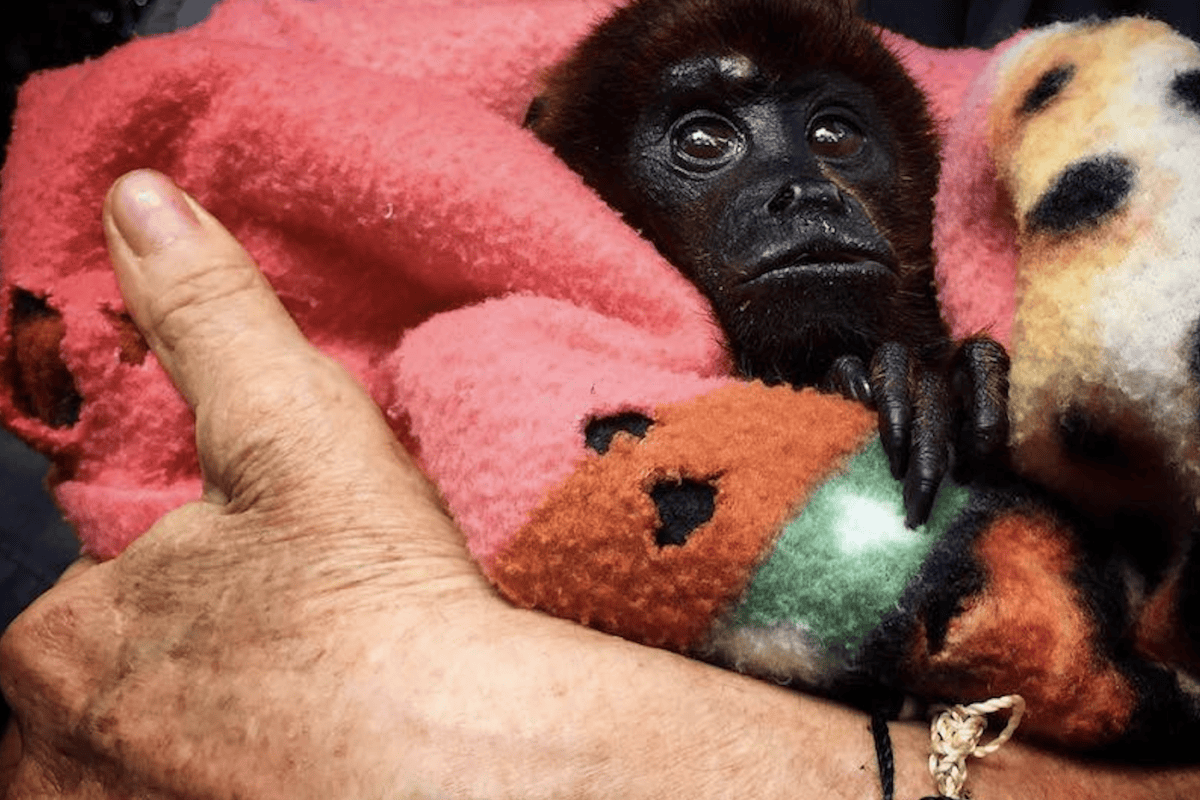

A former airline stewardess and single mother with a passion for animal rescue, Magali, now 65 years old, sold her possessions 16 years ago and bought a plot of land about half an hour’s drive from the city of Puerto Maldonado, Peru, Werber said. The first wild animal she cared for was a night monkey given to her by a local veterinarian.
Over the past decade and a half, her operation has grown incrementally. She started an NGO, built enclosures to keep more animals, hired a vet, and constructed accommodations for volunteers to come and help.
The shelter now cares for up to 80 animals at a time and is currently home to howler monkeys, capuchins, a titi monkey, night monkeys, an emperor tamarin, wooly monkeys, sloths, tortoises, macaws, parrots, deer, a baby tapir, and a coati.

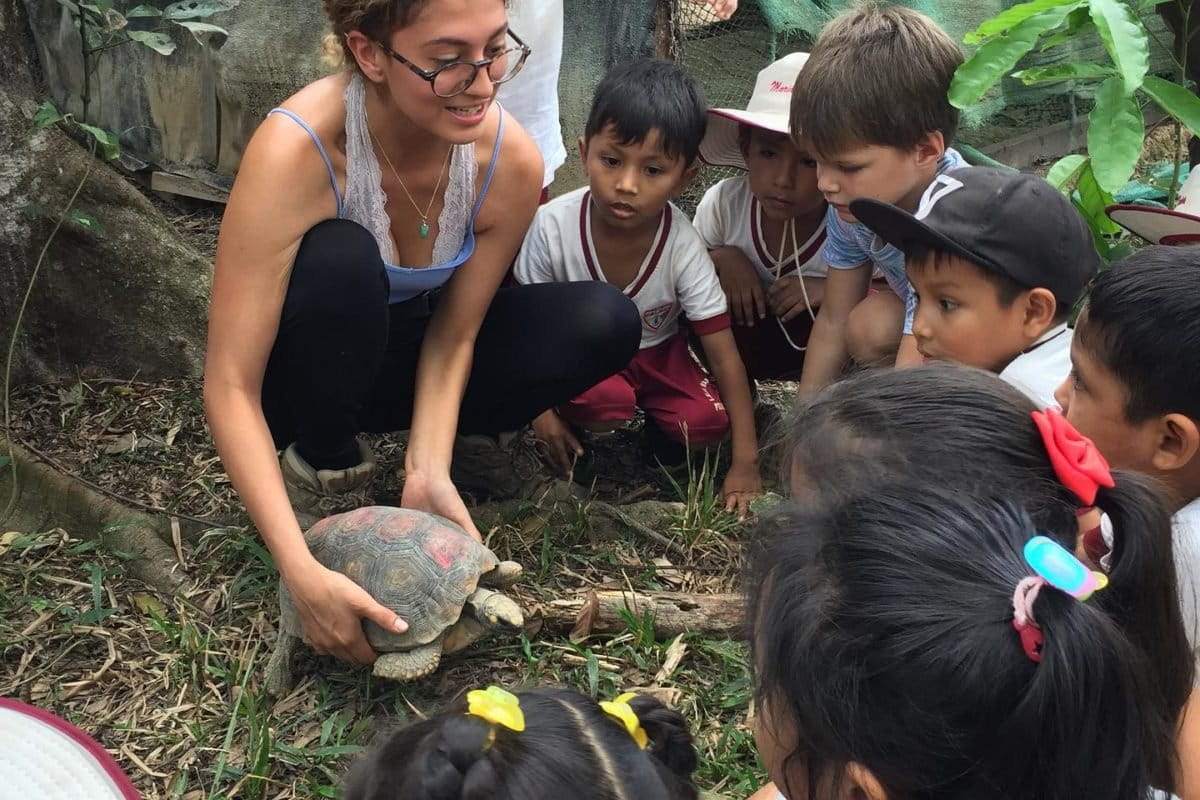

Most of the animals that come to Magali are rescued from the illegal pet trade, casualties of illegal logging, mining, and hunting activities.
For example, Werber said, “you might find that there’s a logger out in the forest for a number of weeks. They eat jungle meat so they’ll shoot a howler monkey, often a mother who has a baby clinging to her. They’ll eat her and then they’ll take the baby and put it on their shoulder and bring it back, maybe give it to someone or sell it on as a pet.”
It is illegal to have wild animals as pets in Peru, so these animals may be reported to the local Peruvian forestry agency (GERFOR), confiscated and given over to a rescue center. Or, when the owner realizes how difficult it is to care for a grown animal, they may turn them over voluntarily.

There are several wildlife rehabilitation centers in the Madre de Dios, so some have chosen to specialize. Magali’s specialty is howler monkeys (Alouatta seniculus), well known for their loud calls that can be heard up to five kilometers (three miles) away.
Taricaya, another wildlife rescue center in the region, specializes in spider monkeys. When they receive a howler monkey, they take it to Amazon Shelter and Magali brings her rescued spider monkeys to Taricaya.
Amazon Shelter is, “very good and professional” at what they do, said Taricaya’s founder Fernando Rosemberg in an email to Mongabay. He said most of the monkeys they rescue come from hunting and that the centers help each other as needed.

Most of Amazon Shelter’s financial support comes from the volunteers who pay to stay, care for, and learn about the animals. So, the loss of ecotourism and volunteers due to COVID-19 travel restrictions hit the center hard. However, despite the tight budget, Amazon Shelter still employs a full-time veterinarian who performs routine check-ups for diseases and parasites. The animals get a diet of fruits, vegetables and wild plants designed by a nutritionist. Feeding all of the animals can cost up to US $2500 a month.
“It is an extremely good level of care,” Christian Tirapelle, a veterinarian who has worked with Amazon Shelter told Mongabay. This care, the shelter’s collaboration with scientists, and their commitment to reintroducing animals safely in the wild make Amazon Shelter stand out, Tirapelle says.

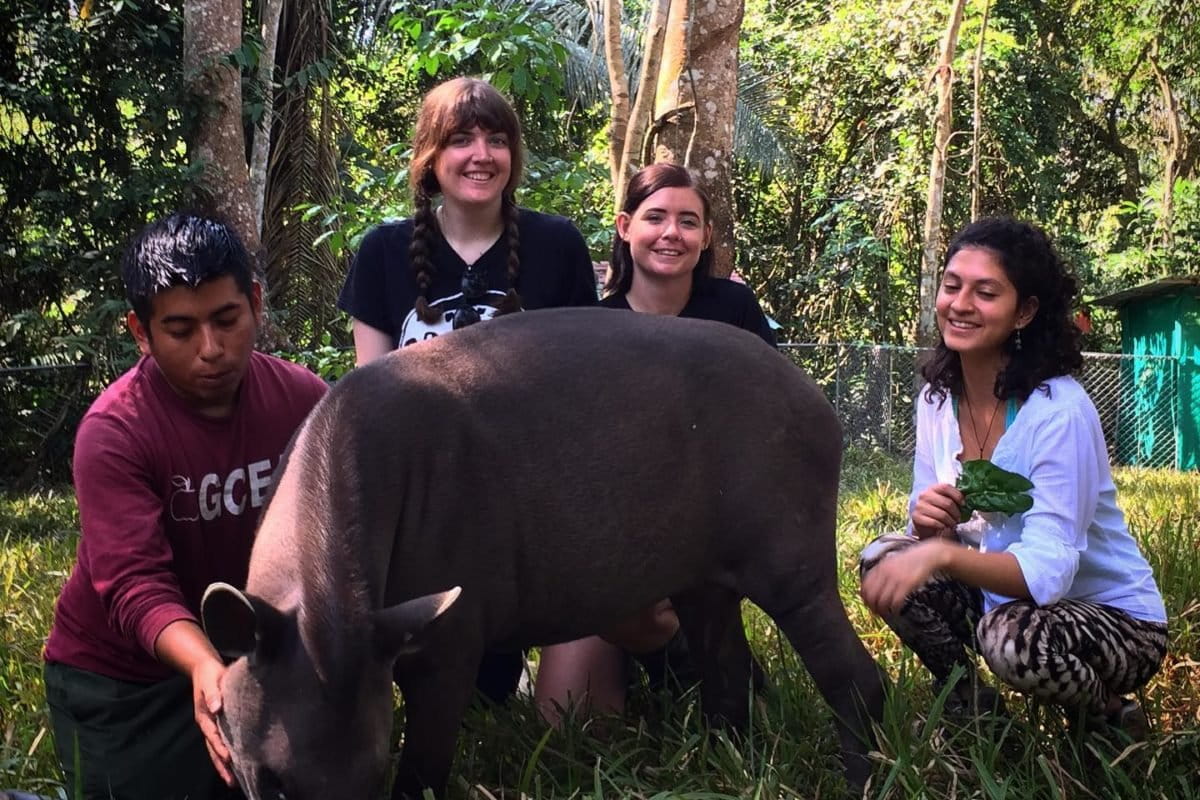
Although it is impossible to safely release some of the animals back into the wild (such as birds with broken wings or those that have been overly domesticated), “any animals that can be released, do get released,” Werber said. Amazon Shelter releases dozens of animals onto protected reserves each year.
Releasing these animals isn’t just good for them, it is also good for the forest. A forest can’t survive without animals to distribute seeds, make fertilizer, and keep the food web in balance. In pioneering these reintroduction programs, Amazon Shelter hopes to regenerate certain areas of forest that have been logged in the past that are now recovering.
Magali and her crew typically care for between 25 and 45 howler monkeys at once. Because howler monkeys are highly social, living in groups is beneficial to their recovery. Being released as a troop is crucial for their success and survival in the wild.
Once a group of rehabilitated monkeys is deemed ready for release (meaning all of the members are healthy and are behaving as part of the troop) it takes about six months to get proper permissions from the government to release them. All animals must be checked for diseases and parasites and these tests can be costly. Rosemberg, the director of Taricaya, says that one of the biggest difficulties they face with reintroductions is navigating the unstable and often changing government protocols.

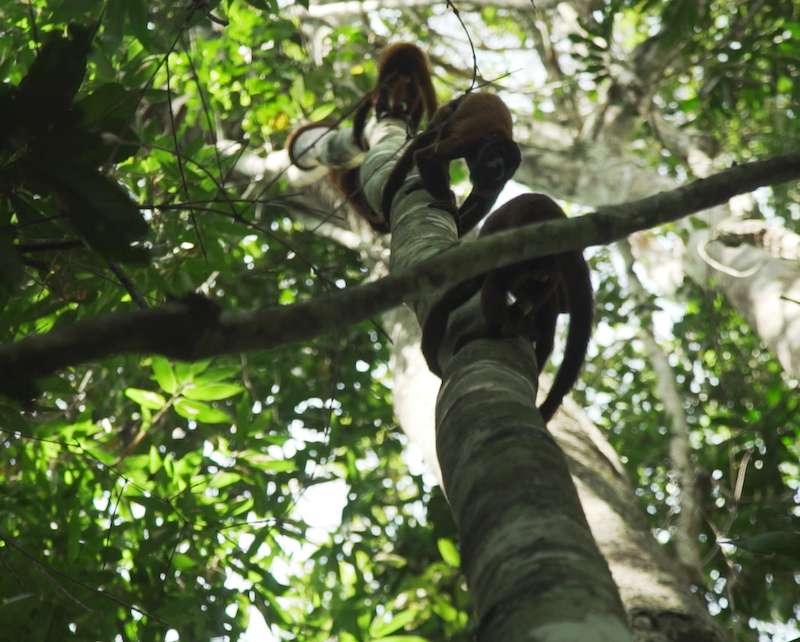
Another difficulty is finding the right location. Magali only releases howler monkeys into healthy forests with suitable habitats that are not already occupied by wild howler monkeys. To find these places, she and her team spend anywhere from three days to a week walking six to eight hours a day searching, Werber says.
Once the animals are released, Magali gets up at 3 am to monitor them for at least a week to make sure they’re surviving, healthy and exhibiting the correct behaviors to thrive in the wild.
“The jungle has made me much tougher. More of a warrior you could say. I don’t have a day off. I don’t rest,” Magali said. “This is for really tough people. It’s not for everyone.”
“Magali is very intrepid,” Werber said. “Not only is she working from 5 am until 7 pm every day at the shelter, often she goes off and does this work in the forest. I’ve never seen her take a day off…And that’s why in the film she calls herself a guerrera, a warrior.”
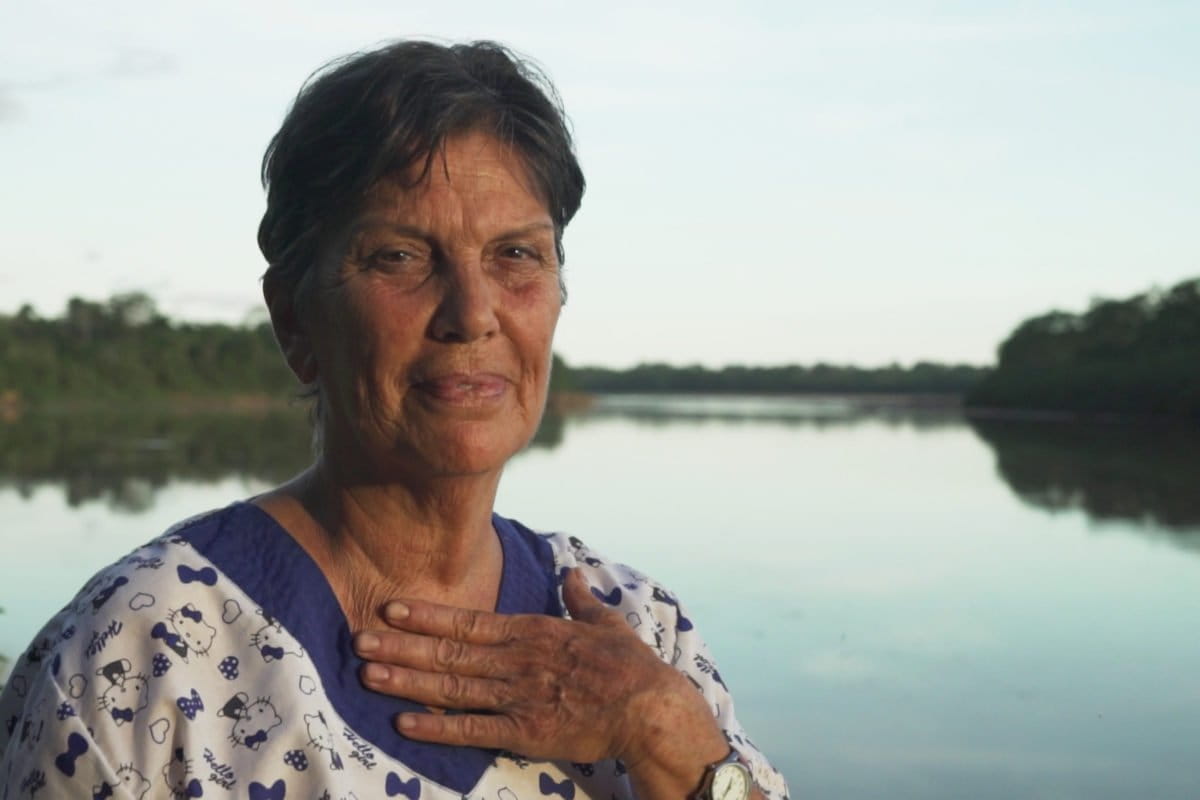
Banner image of baby howler monkey by Nick Werber.
Liz Kimbrough is a staff writer for Mongabay. Find her on Twitter @lizkimbrough_
FEEDBACK: Use this form to send a message to the author of this post. If you want to post a public comment, you can do that at the bottom of the page